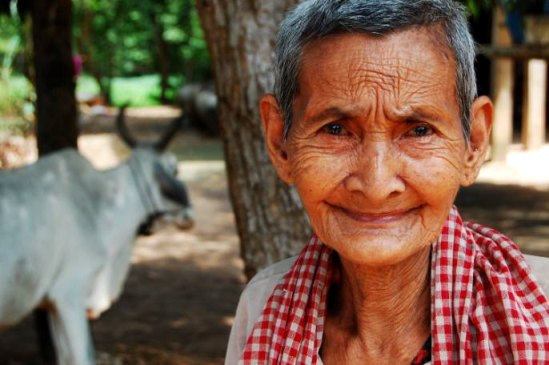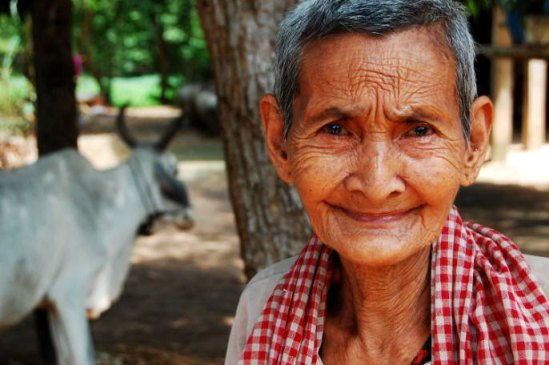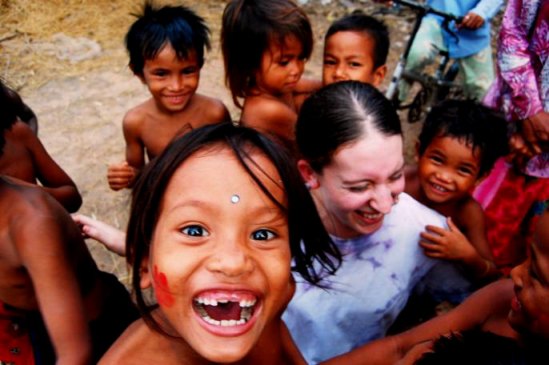Photo by Lola Akinmade
EVER PERUSED the pages of National Geographic and wondered how those amazing personal moments were captured? From tribal chiefs in Papua New Guinea to the cutest Mongolian children: in most cases no common language is spoken between the photographer and their subjects, yet you can see and feel the connection through the portrait. Taking pictures of amazing scenery lets you share the feeling of being somewhere exotic with friends and family. But bringing back pictures of natives gives a brief insight into life in other cultures and how local people actually live their daily lives.


